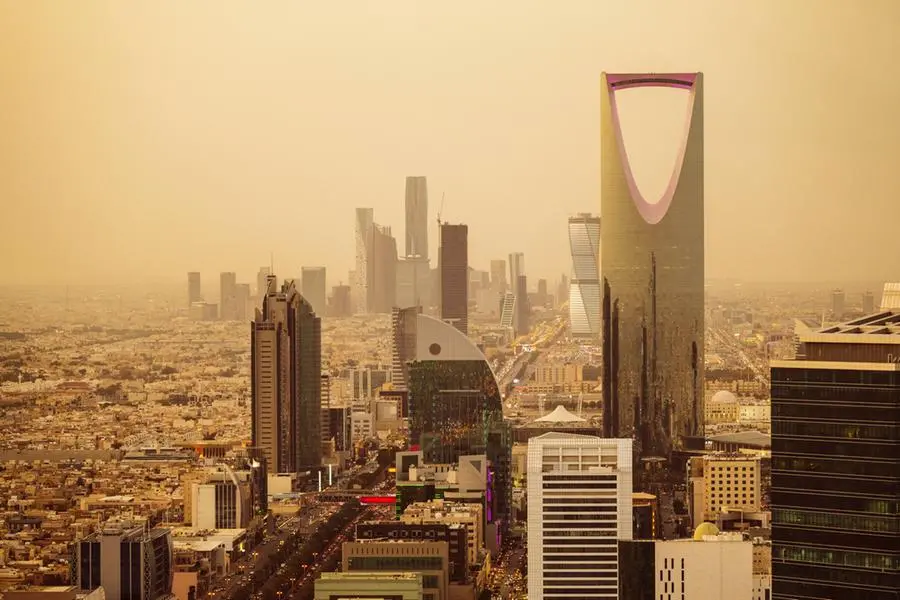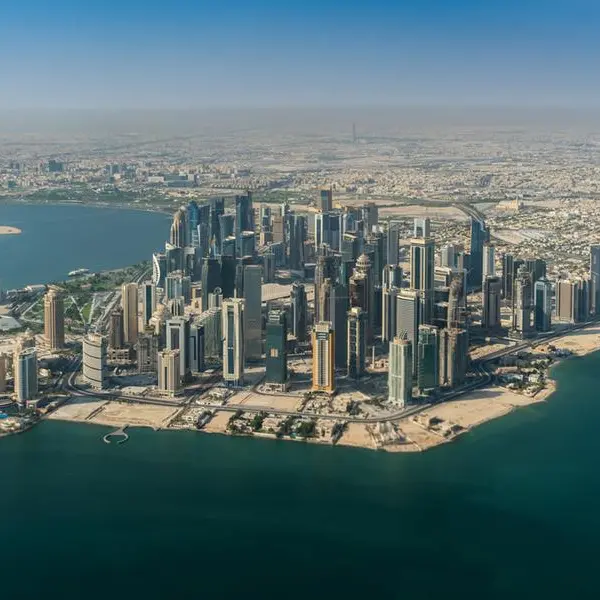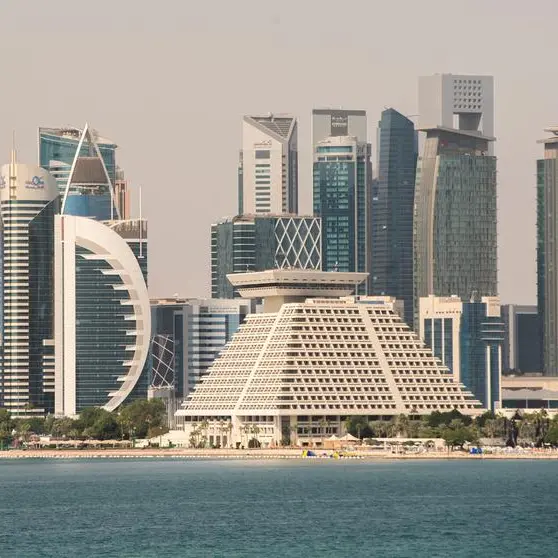PHOTO
RIYADH — The National Center of Meteorology (NCM) issued a summary report on the climate situation in the Kingdom for the year 2021. According to the report, 2010 was the hottest year while 2007 was the driest and 1997 was the wettest over a period of the past three decades from 1991 to 2020.
In his introduction to the report, CEO of NCM Dr. Ayman bin Salem Ghulam said that the center provides important climate information that helps academic and research stakeholders related to water, agriculture, energy and infrastructure sectors in their programs, plans and operational work related to sustainable development.
The analysis was based on the data of 26 inhabited meteorological stations belonging to NCM in 13 administrative regions of the Kingdom, including surface temperatures, rainfall, dusty phenomena, and drought conditions.
The report indicated that the average temperature in the Kingdom during 2021 increased by one degree Celsius above the normal rate in the past three decades from 1991-2020, making it the second warmest year in the Kingdom, while 2010 was the hottest year during the entire period. The annual report also registered two new records, which are the highest maximum temperatures for Riyadh stations compared to the reference period (1985 - 2020) and Dammam station compared to the reference period (2000 - 2020), which recorded 49.0 degrees Celsius on 12 July 2021 and 51.0 degrees Celsius on 13 August 2021 respectively.
The report recorded a change from the seasonal average temperature for the spring season (March to May 2021) with 26.6 degrees Celsius, an increase of 1.3 degrees Celsius above the normal rate, making it the warmest spring since 1985. This was due to the higher temperatures than the average during the month of March, which reached 2.7 degrees Celsius above the normal range in the regions of Hail and Al-Baha.
According to NCM, there was an increase in the number of warm days and a significant decrease in cold nights in 2021 compared to the normal rate in all parts of the Kingdom, as the report noted a gradual decrease in the number of cold nights since 1985.
With regard to rainfall, the year 2021 recorded less than the average, reaching 62.9 mm, as it is estimated at 71 percent of the average rainfall for the reference period (1991-2020), and the order of 2021 was the fifth driest year compared to the reference period, while 2007 was the driest in terms of annual precipitation and 1997 was the wettest year.
The report indicated that the rainfall in the winter and summer seasons was slightly higher than the average due to the high rainfall for the months of February and July, while the rainfall rate remained below the normal rate for the rest of the months. In July, Abha and Khamis Mushait stations recorded above-average quantities of 84.5 mm and 88 mm rain respectively.
According to the report, the number of days with an average rainfall of more than 95 percent and the intensity of rainfall in 2021 was close to normal. As for dusty phenomena, the activity of suspended dust and raised dust phenomena continued for 2021 below the normal level Kingdomwide, with the exception of the regions of Jazan and Makkah. Jazan was the most active city for dusty phenomena in 2021.
The report indicated that the year 2021 witnessed less activity of dust storms in the northern parts of the Kingdom, while the stations of Wadi Al-Dawasir and Najran in the south witnessed more dust storm activity. The Standardized Precipitation Index (SPI) classified the year 2021 as a drought on a longer time scale with a moderate to severe degree in the eastern region extending up to the city of Riyadh.
© Copyright 2022 The Saudi Gazette. All Rights Reserved. Provided by SyndiGate Media Inc. (Syndigate.info).





















